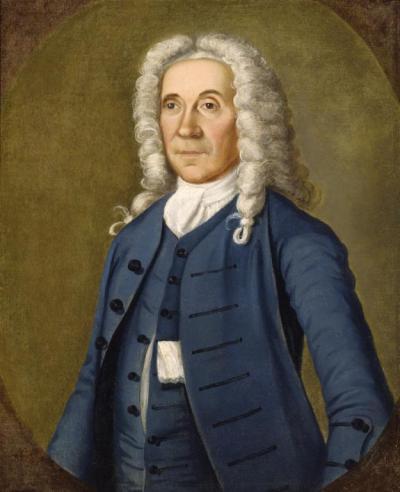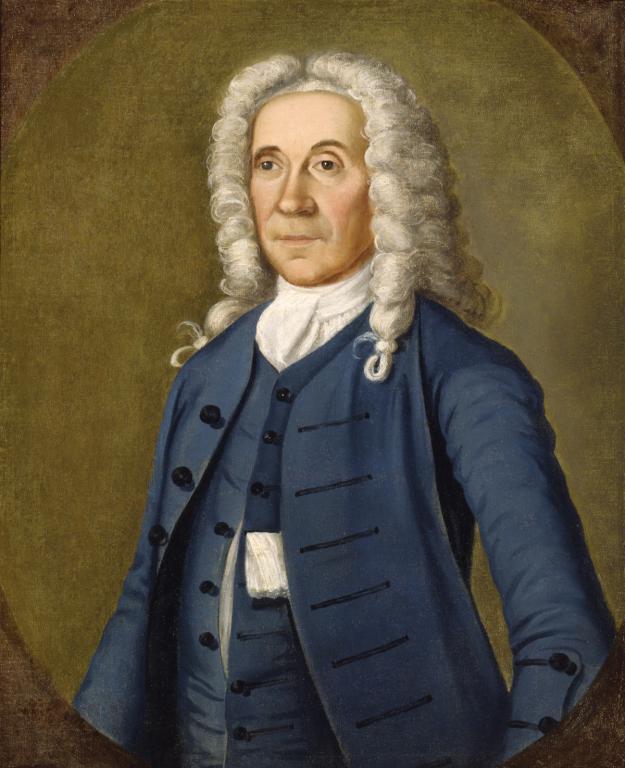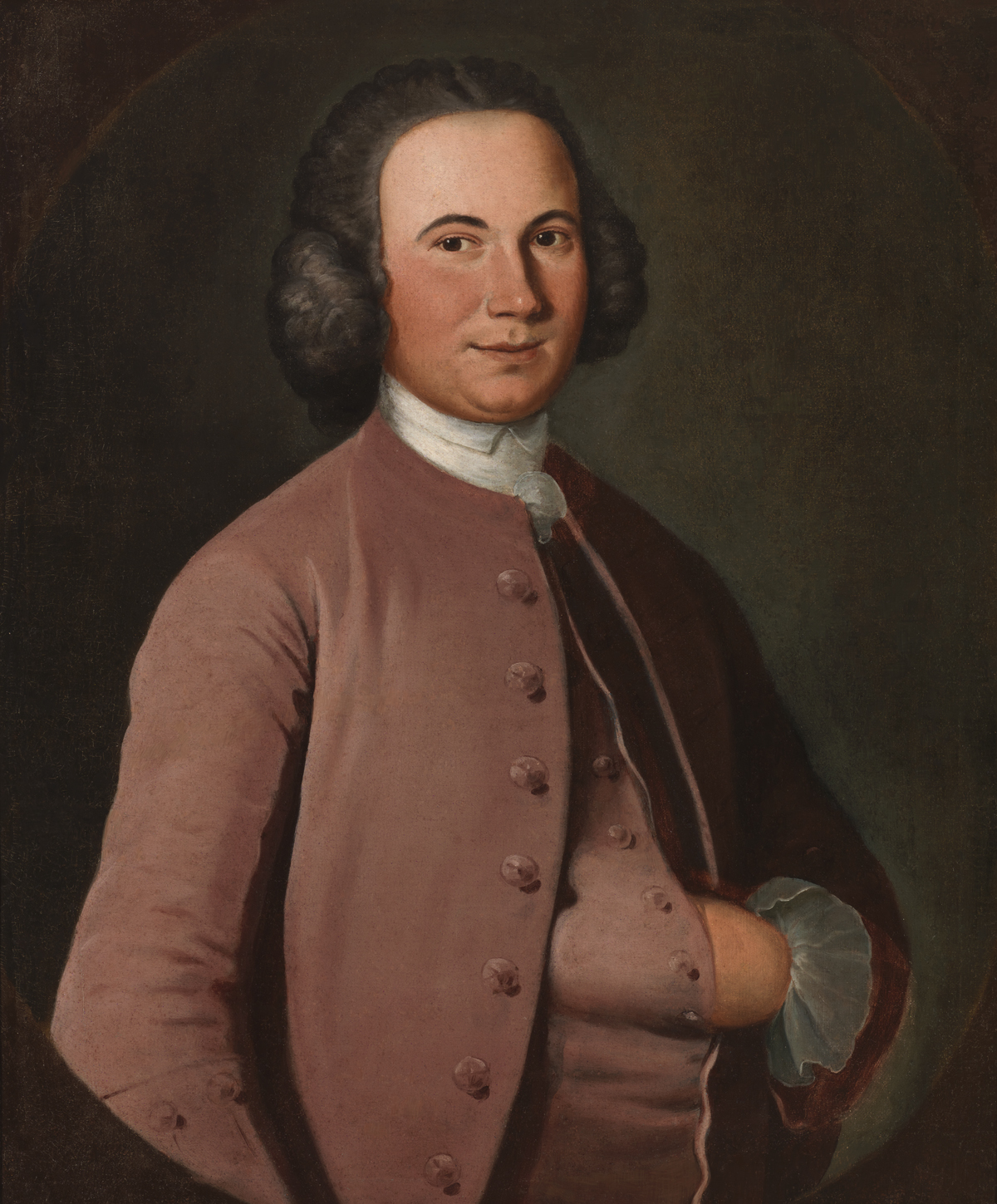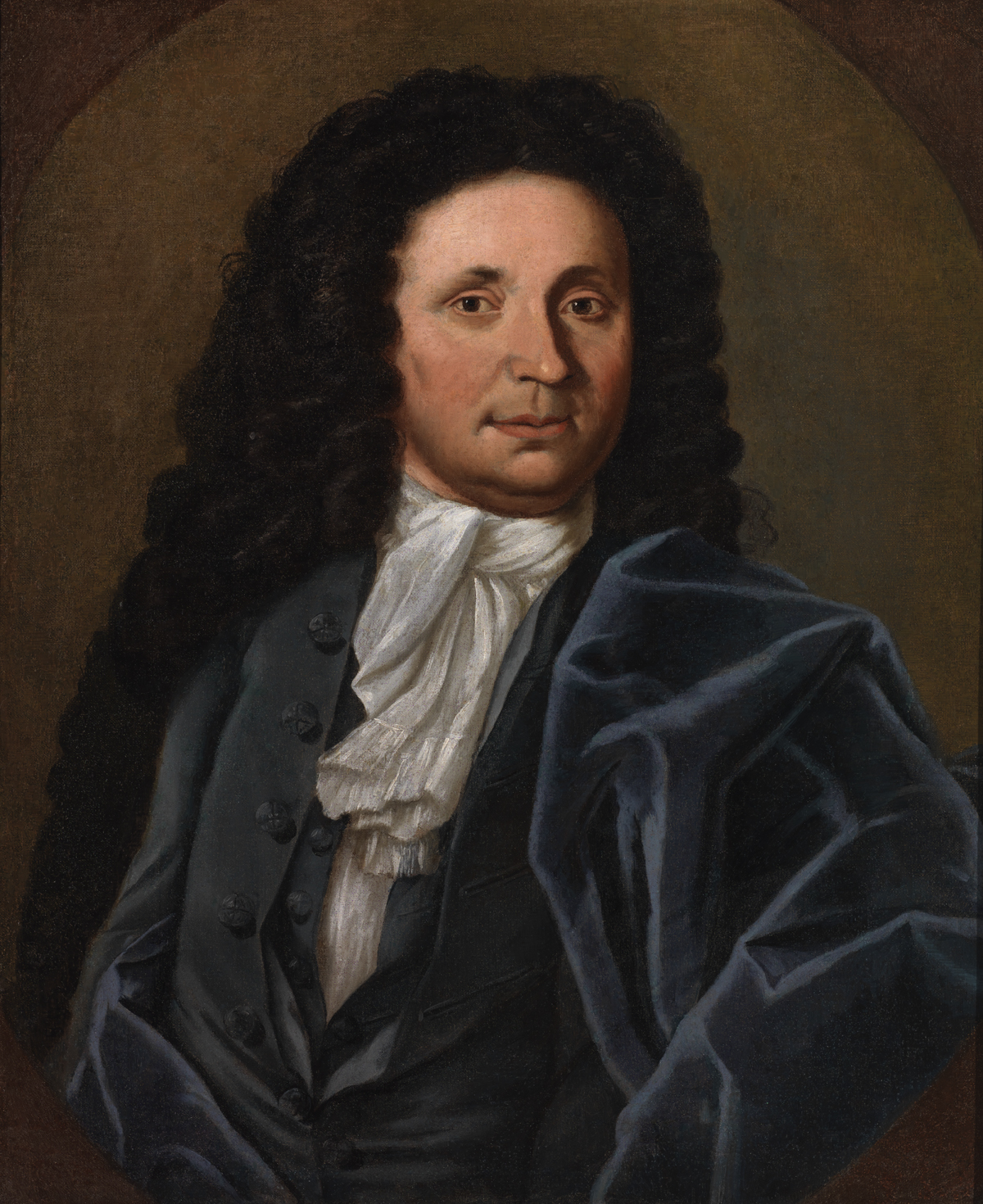Fitzhugh Family
 The colonial history of Stafford and King George counties—and thus of northern Virginia—is inseparable from that of the large and powerful Fitzhugh dynasty, which emerged in that region at the end of the seventeenth century. The founder, William (1651–1701), by his personal example as provider and patron propelled the family through two centuries of political and social prominence. By instinct a man of moderate behavior, Fitzhugh nonetheless took on the lifestyle of an aristocrat. He saw such role-playing and the establishment of a family dynasty as essential to the economic stability of his extensive plantation operations. Following his lead, Fitzhugh heirs became patrons of the arts, trend-setters for northern counties in developing architecture and collecting fine household furnishings and commissioning portraits.
The colonial history of Stafford and King George counties—and thus of northern Virginia—is inseparable from that of the large and powerful Fitzhugh dynasty, which emerged in that region at the end of the seventeenth century. The founder, William (1651–1701), by his personal example as provider and patron propelled the family through two centuries of political and social prominence. By instinct a man of moderate behavior, Fitzhugh nonetheless took on the lifestyle of an aristocrat. He saw such role-playing and the establishment of a family dynasty as essential to the economic stability of his extensive plantation operations. Following his lead, Fitzhugh heirs became patrons of the arts, trend-setters for northern counties in developing architecture and collecting fine household furnishings and commissioning portraits.
Fitzhugh portraits in the society's collections span five generations, beginning with colonial copies of an English forebear and of William Fitzhugh, and continuing with images from life taken from three eighteenth-century generations. All were painted by the American artist John Hesselius over a period of twenty years, between 1751 and 1771, nearly his entire career. Hesselius became practically "court painter" to this Virginia dynasty. Because of the homogeneity of the group, its size, and the prominence of the family, the Fitzhugh portraits are important icons of early American history.



